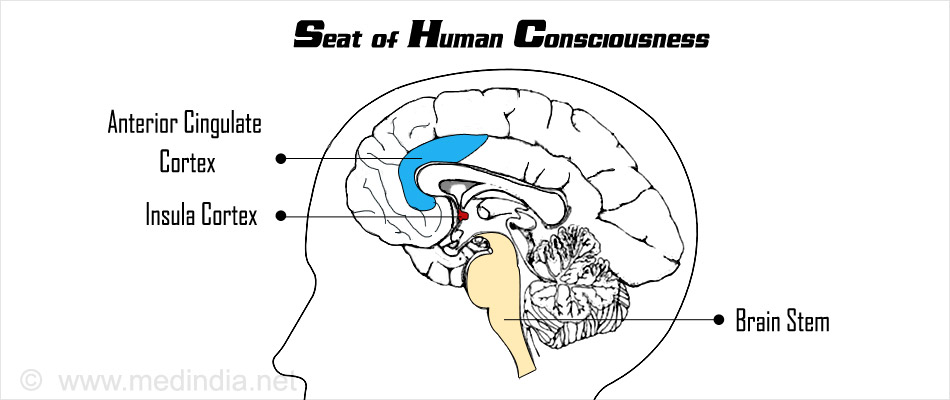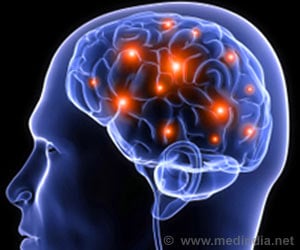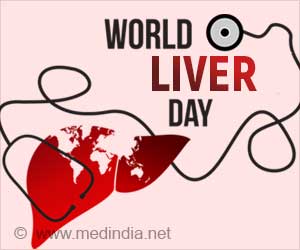
- Brainstem – the portion of the brain that is contiguous with the spinal cord is responsible for the sleep/wake cycle and cardiac and respiratory rates.
- Brainstem may also regulate arousal.
- Awareness, another critical component of consciousness maybe linked to left- ventral, anterior insula (AI) and anterior cingulate cortex region of the brain.
- The neural network between the brainstem and the left-ventral, anterior insula (AI) and anterior cingulate cortex region may play a role maintaining human consciousness.
Arousal and awareness are two critical components of consciousness.
Arousal is likely regulated by the brainstem.
Brainstem is the portion of the brain, contiguous with the spinal cord, that is responsible for the sleep/wake cycle and cardiac and respiratory rates.
Awareness, another critical component of consciousness, has long been thought to reside somewhere in the cortex, the outer layer of the brain responsible for many of its higher functions.
Mapping the injuries revealed that a small "coma-specific" area of the brainstem - the rostral dorsolateral pontine tegmentum - was significantly associated with coma.
Fox and colleagues, used a wiring diagram of the healthy human brain - based on a large, shared data set called the Human Connectome - to identify which other parts of the brain were connected to these coma-causing lesions.
Their analysis revealed two areas in the cortex of the brain that were significantly connected to the coma-specific region of the brainstem. One sat in the left-ventral, anterior insula (AI), the other in the pregenual anterior cingulate cortex (pACC).
Both regions have been implicated previously in arousal and awareness.
"We now have a great map of how the brain is wired up in the Human Connectome," said Fox, who is also an Assistant Professor of Neurology at Harvard Medical School. "We can look at not just the location of lesions, but also their connectivity” Fox added.
The findings suggest the network between the brainstem and the two cortical regions play an important role in maintaining human consciousness.
Considering coma as a network disorder, presents possible targets for therapy, such as using brain stimulation to augment recovery.
The next step may be to investigate other data sets in which patients lost consciousness to find out if the same, different or overlapping neural networks are involved.
Source-Medindia















